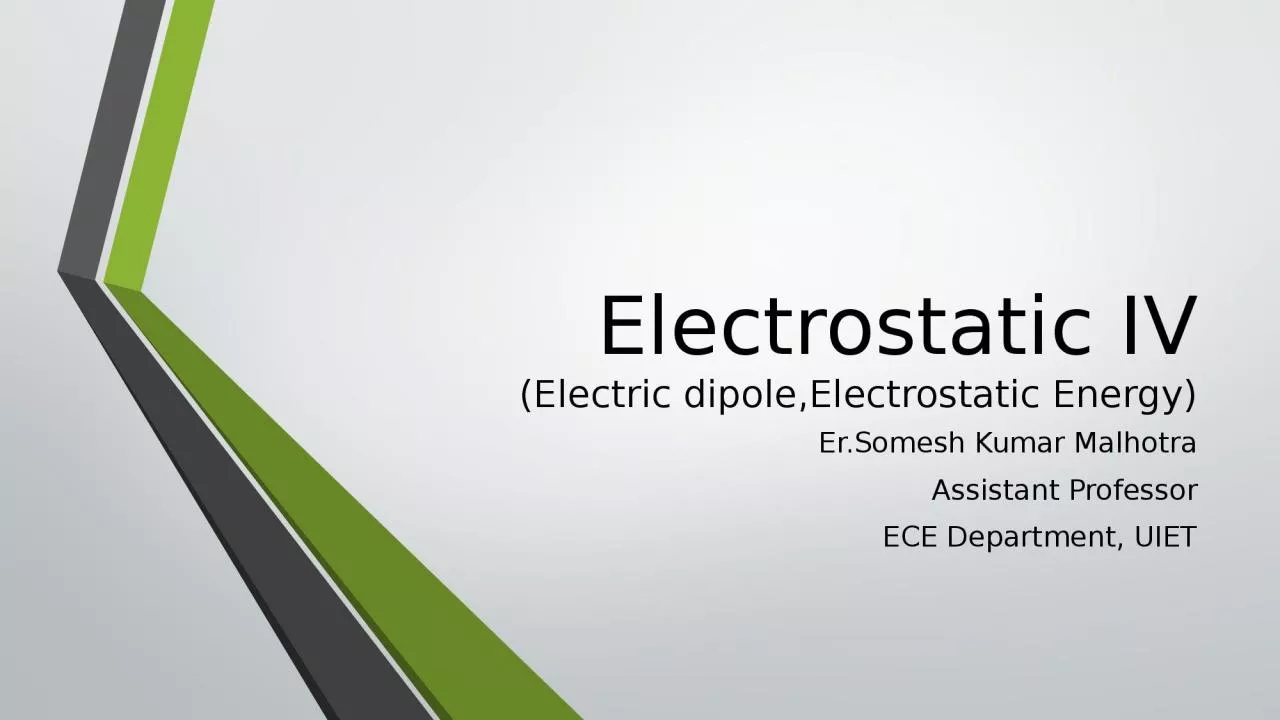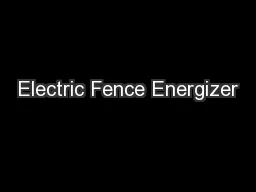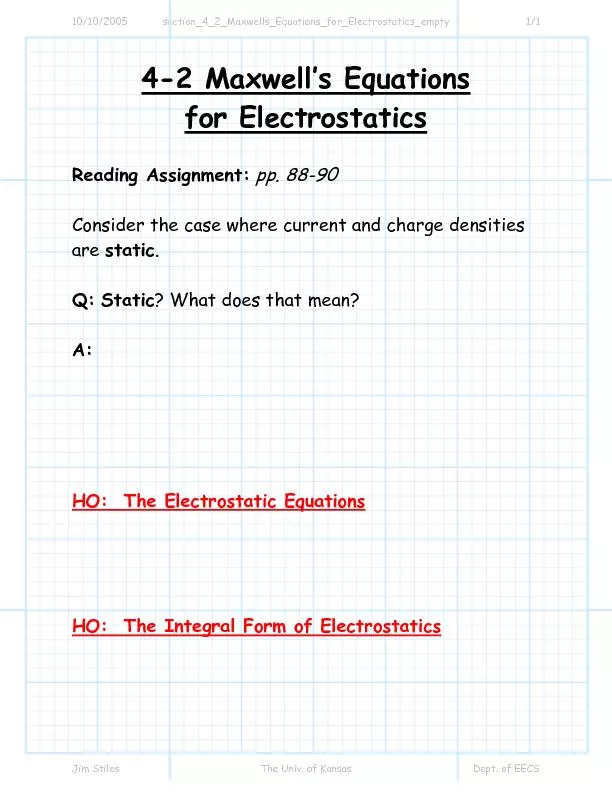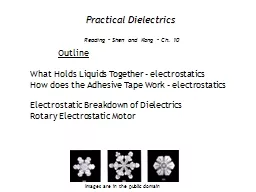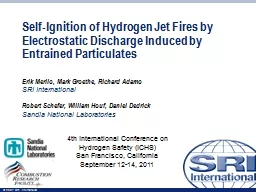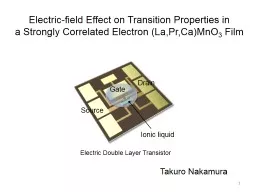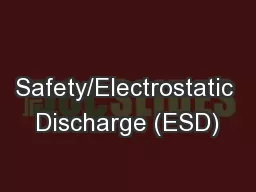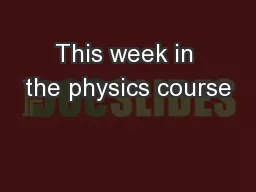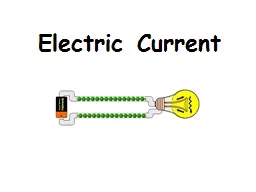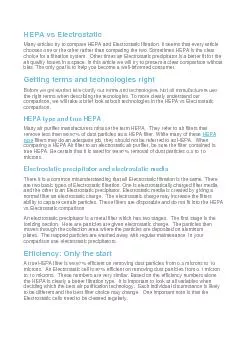PPT-Electrostatic IV (Electric
Author : brown | Published Date : 2023-10-04
dipoleElectrostatic Energy ErSomesh Kumar Malhotra Assistant Professor ECE Department UIET Electric Dipole An electric dipole is formed when two poim charges of
Presentation Embed Code
Download Presentation
Download Presentation The PPT/PDF document "Electrostatic IV (Electric" is the property of its rightful owner. Permission is granted to download and print the materials on this website for personal, non-commercial use only, and to display it on your personal computer provided you do not modify the materials and that you retain all copyright notices contained in the materials. By downloading content from our website, you accept the terms of this agreement.
Electrostatic IV (Electric: Transcript
Download Rules Of Document
"Electrostatic IV (Electric"The content belongs to its owner. You may download and print it for personal use, without modification, and keep all copyright notices. By downloading, you agree to these terms.
Related Documents

